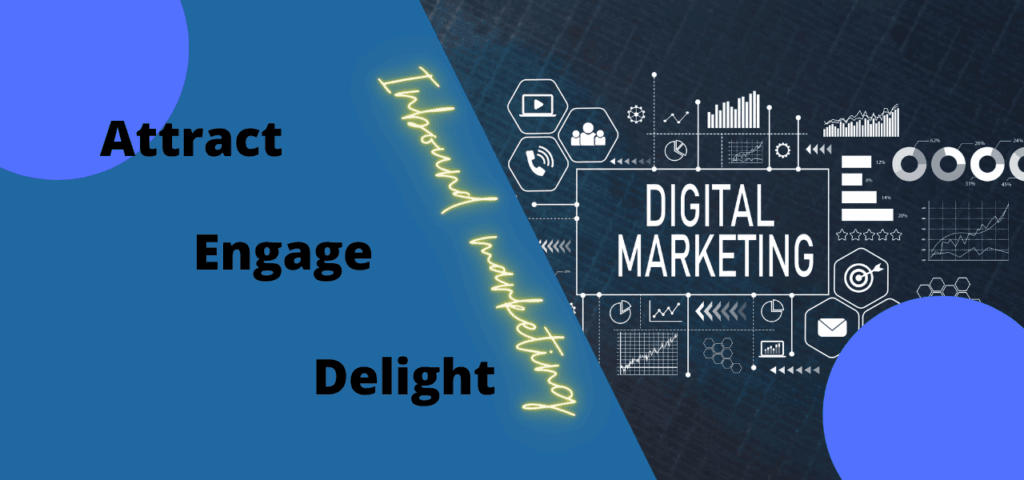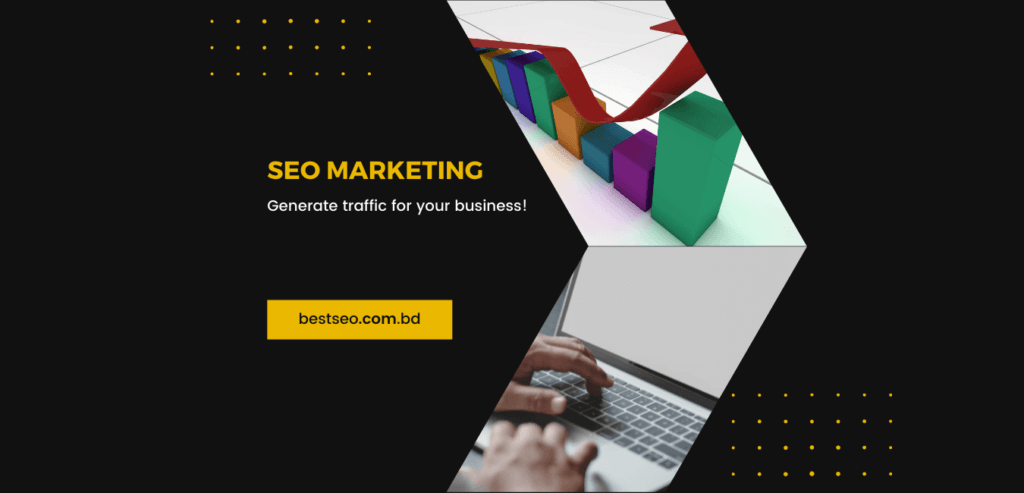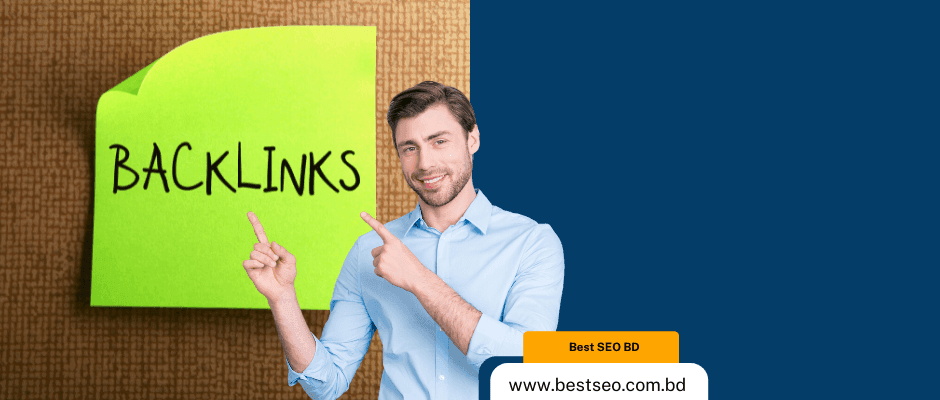Digital marketing and inbound marketing are easily confused, and for good reason: digital marketing uses many of the same tools as inbound marketing: email and online content, to name a few. However, the two approaches have different views about the relationship between the tool and the target.
Inbound marketing is a holistic concept. You first figure out the goal, then analyze the tools available to determine which your target customers you are effectively reaching and at what stage of the sales funnel this should be done. Marketing and inbound marketing mean that, as a marketer, you don’t have to choose between the two. In fact, they work better for achieving a goal when used together.
What is digital marketing? A complete guide for you:
Digital marketing is the promotion of products, services, or brands using digital technologies and the internet. Digital Marketing is often compared to “traditional marketing” such as magazine ads, billboards, and direct mail.
Usually, television is associated with traditional marketing. Did you know that more than three-quarters of Americans use the Internet every day? In addition, 43% do it more than once a day, and 26% are online “almost all the time”.
The rate is even higher for mobile internet users. 89% of Americans go online every day, and 31% are online almost constantly.

What is digital marketing?
Digital marketing, also widely known as online marketing, is the promotion of brands and companies in order to connect with potential customers through the Internet or other forms of digital communication.
This includes not only email but social media and web-based advertising, as well as text and multimedia messages such as marketing.
Kinds of digital marketing
Search engine optimization
SEM: Search engine marketing is a method of promoting websites or web-based information by increasing their visibility in search engine results pages (SERPs) through paid advertising. Search engine marketing is generally done on search engines, like Google Search, Bing, Yahoo! Search, and other search platforms.
It can also be done through pay-per-click advertising on search engines, social networking platforms, and other websites. Nowadays, the most important elements to consider when optimizing a website are:
- Quality of content
- Level of user engagement
- Mobile-friendliness
- Number and quality of inbound links
With SEO there is no significant category or uniform rule of thumb for a high ranking. Google is almost constantly changing its algorithm, making accurate predictions impossible. Although, there is something that you can do; it is, closely monitoring your page performance and making adjustments accordingly.
Content marketing
Content marketing is a strategy based on distributing relevant and valuable content to a target audience. Any marketing strategy’s main goal is to attract potential customers. Different from traditional advertising. Content marketing is important and there are many statistics to back it up:
- 84% of consumers expect businesses to deliver fun and useful content experiences.
- 62% of companies with at least 5,000 employees produce content every day.
- 92% of marketers believe their business values content as a major asset.
When your content is relevant, you can build strong relationships throughout your pipeline.
Social media marketing
Social media marketing means generating more traffic and brand awareness for your business by engaging people in online discussions. With 96%, it is the most popular content medium for B2C marketers and is also gaining importance in the B2B ( online shop) area. According to the Content Marketing Institute, 61% of B2B content marketers increased their use of social media this year to increase their audience.
According to industry experts, there is a direct correlation between online connectivity and the growth of e-commerce. Using a new social media marketing strategy from a good Digital Marketing company, a company can reach its clients in a manner that has never before been possible. In this case, it is about serving the customer in a habitual and ongoing manner. This can be accomplished in a variety of ways, as long as the goals are met.
To begin, make sure your social media marketing strategy doesn’t stop at one platform. While it is true that people tend to use the same social media platforms over and over, your business will be better off if you incorporate a variety of platforms into your online presence. When you use multiple platforms, you reach customers in different locations and attract more than just your core followers.
The benefits of digital marketing
Digital marketing is best known for reaching a large audience, but it also has a number of other benefits. These are some of the advantages.
Large geographic reach If you post an ad online, people won’t be able to escape it.
It will be everywhere, in every digital device that a person uses. You can reach a huge audience and your message will reach them whether or not they like it.
This is a huge advantage. This is why digital marketing services are so widely used; Simple to track results. Digital marketing strategies make it simple to track results. You will be able to check how many people click on your online ads, click on the links in them, and buy your products.
You can tell what ads are converting better than others and track your marketing RO regardless of where they are. Unless you have restricted market reach.
Digital marketing agencies help you use a cost-efficient way to advertise. Unlike traditional marketing, it is cheap and gives you more control. You can create one piece of content (a post on your blog) that will drive traffic to your website, but only for as long as it is active.
You can create an email marketing campaign that sends messages to specific customer lists on a schedule, and you can change the schedule or content if necessary. All in all, digital marketing gives you a lot more flexibility and customer contact for your advertising expenses.
Quantifiable results (Inbound marketing versus digital marketing)
To find out if your marketing strategy is working, you need to figure out how many customers it will attract and how much sales it will ultimately generate. Many companies cannot have one-on-one conversations with their customers; surveys do not always give you complete results. With digital marketing, result monitoring is easy.
Way better customization
Generally, digitally captured data is much more precise and they are specific. They know that if you tailor the offer to the interests of the person, you will get better results.
More connection with customers
The most important part of your social media strategy is that your audience can comment on or share your post. It means increased visibility for your product or service as well as increased enthusiasm for your product or service.
Your engagement increases when you become active participants in your brand story. It can create a strong sense of brand loyalty. Digital marketing enables your customers to act immediately after seeing your post. With traditional ads, the most immediate result you can expect is a phone call immediately after someone sees your ads.
Easy and convenient conversions
Digital marketing allows your customers to respond immediately after encountering your ad or content. With traditional ads, we see the most immediate result as a phone call right after the ad reaches them. But how often does someone have the time to communicate with a company while doing the dishes, driving down the freeway, or updating records at work? In digital marketing, they stay connected to you and give you the opportunity to interact with them more efficiently.



